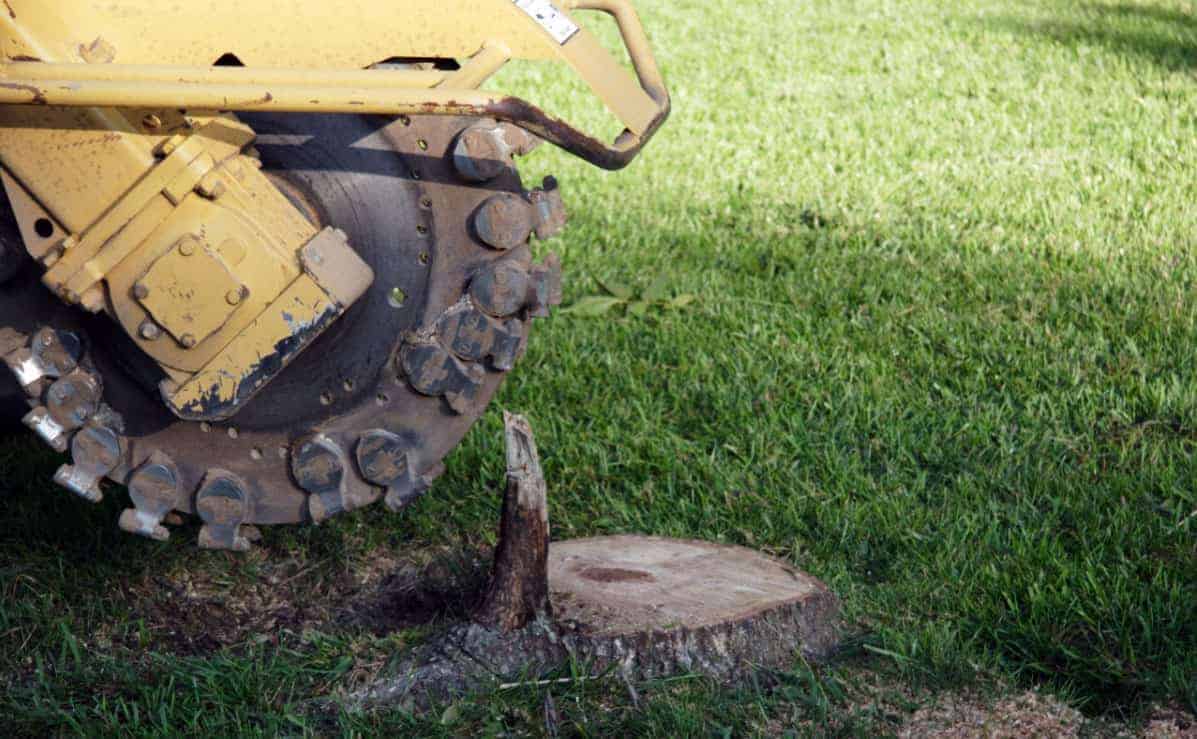
Seasonal Tree Care Tips for Long Island Homeowners
Home Nurture Your Trees Through the Seasons with Expert Guidance What Long Island Trees Need Each Season In Long Island, our trees face a rollercoaster
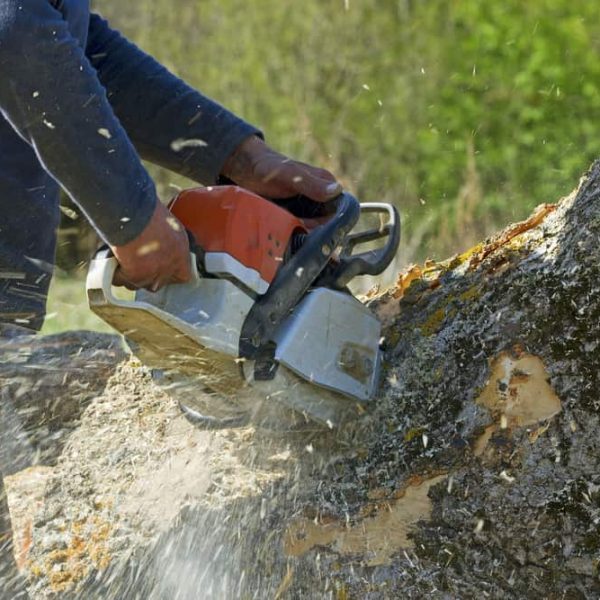
Maintaining the health of the trees in your Long Island landscape is essential for preserving their beauty, ensuring safety, and promoting environmental well-being. However, trees on Long Island are susceptible to various diseases and pests that can threaten their vitality. In this comprehensive guide, we will explore some of the most common tree diseases and pests found in the Long Island region and provide valuable insights on how to identify and combat them effectively.
Long Island’s climate and environmental conditions create a favorable environment for several tree diseases to thrive. Some of the most prevalent tree diseases affecting the region include:
Understanding these common tree diseases’ symptoms is crucial for early detection and effective treatment.
In addition to diseases, Long Island trees are also susceptible to various pests that can wreak havoc on their health. Some of the notable tree pests on Long Island include:
By knowing how to identify these common tree pests, you can take proactive measures to protect your trees from infestations.
Prevention and early intervention are key to maintaining the health of your trees on Long Island. Here are some strategies for preventing and treating tree diseases:
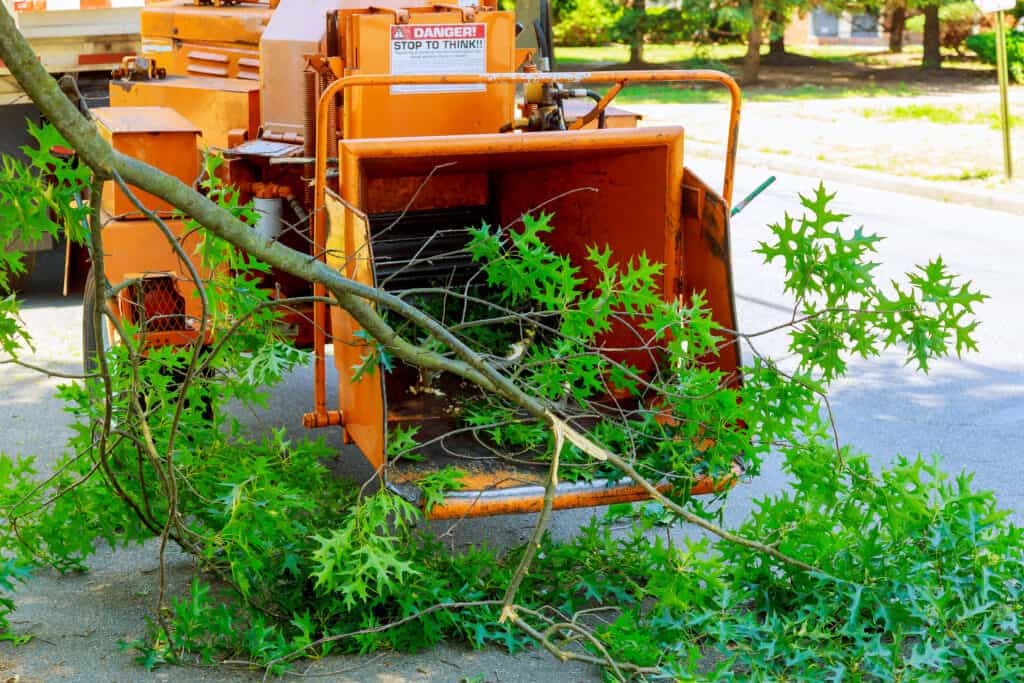
To protect your trees from pests, consider these preventive measures:
Protecting your trees from diseases and pests is crucial for maintaining the beauty and ecological balance of Long Island. Regular inspection, proper maintenance, and professional guidance from experts like Long Island Best Trees Service can go a long way in preserving the health and vitality of your trees. By staying informed and taking proactive measures, you can ensure that your trees thrive for generations to come on Long Island.

Home Nurture Your Trees Through the Seasons with Expert Guidance What Long Island Trees Need Each Season In Long Island, our trees face a rollercoaster
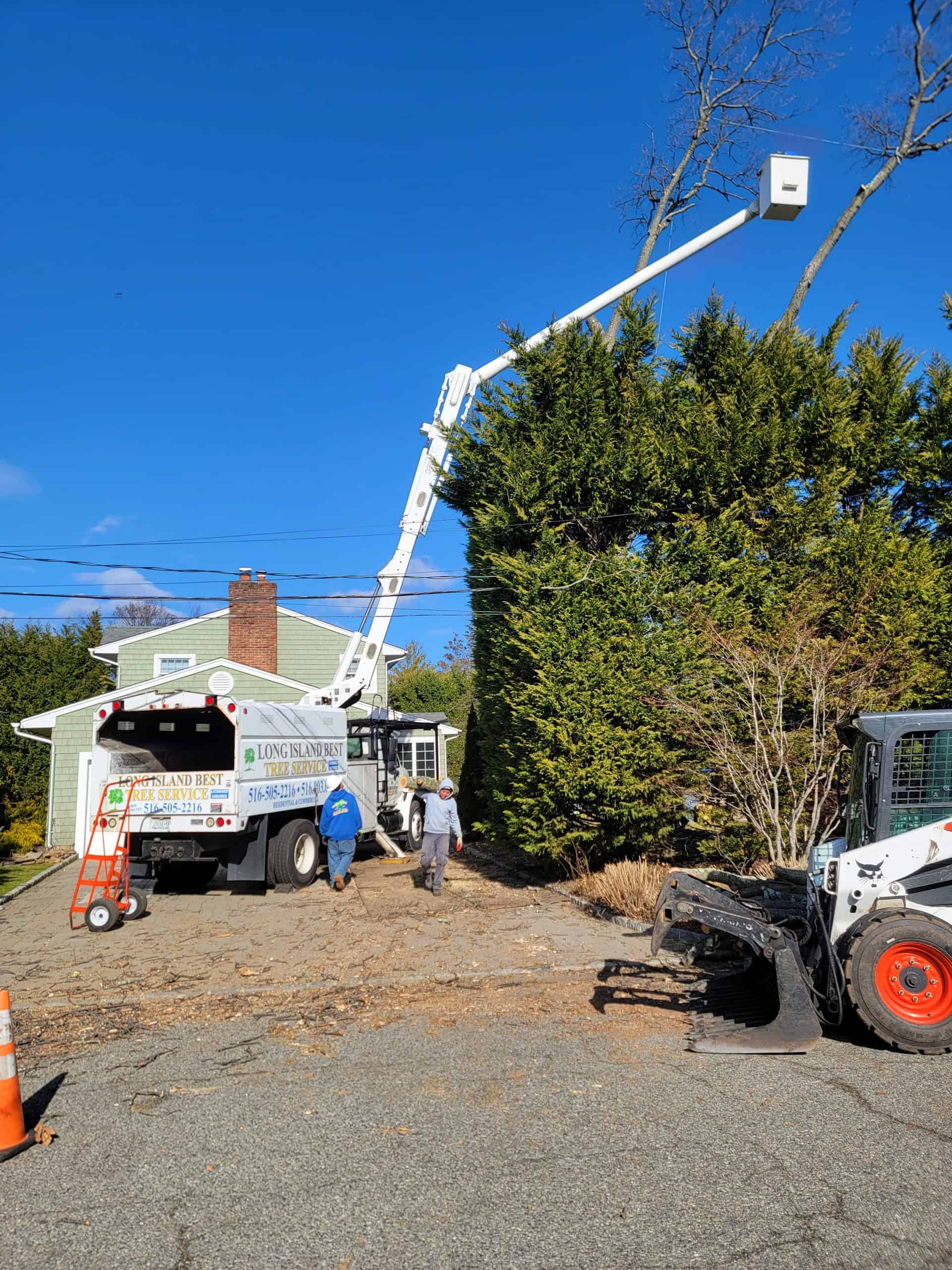
Home Ensuring the Health and Beauty of Your Trees Why Tree Maintenance Matters When you think of Long Island, what comes to mind? Pristine beaches,
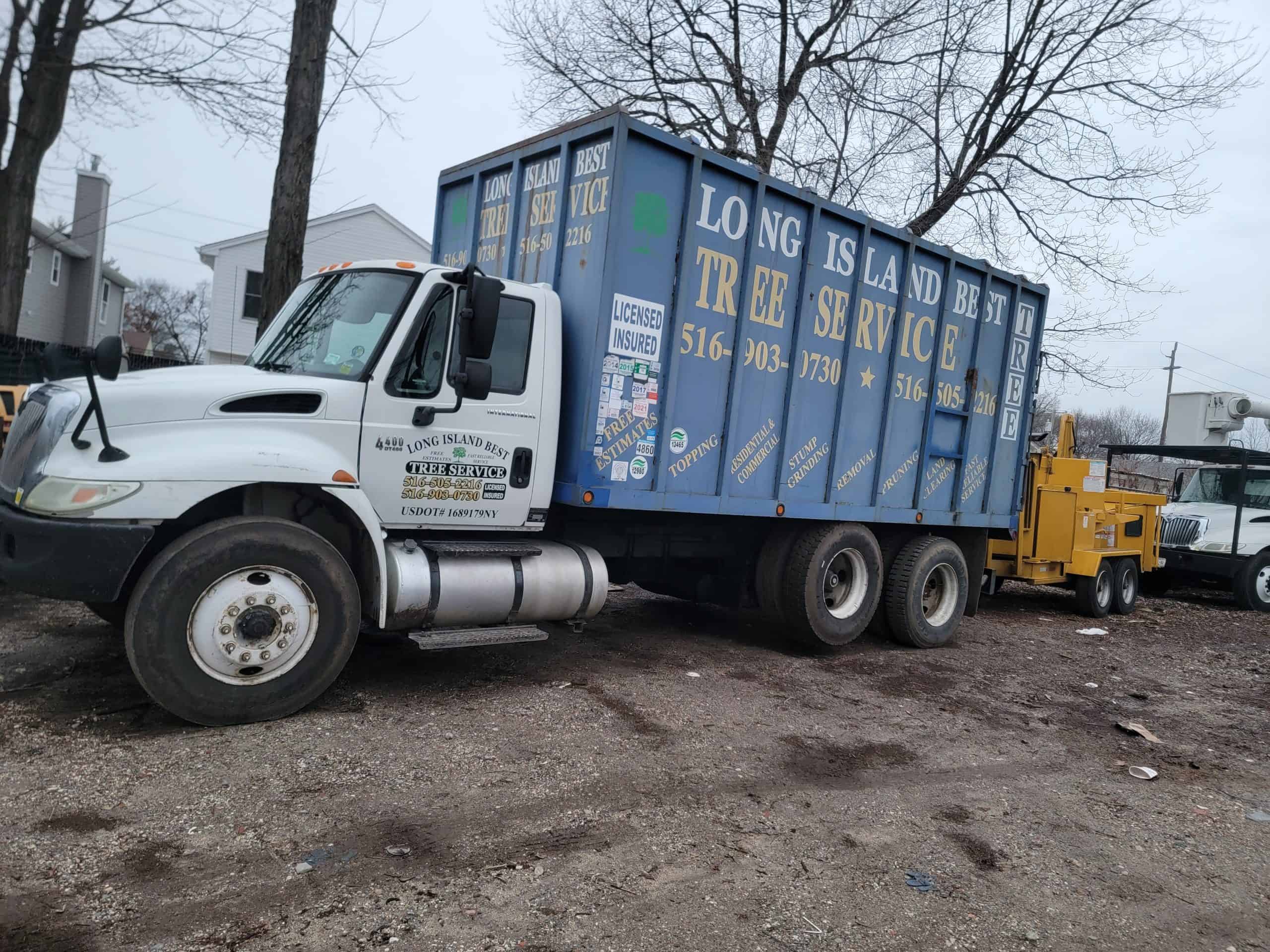
Home Protecting Your Trees for a Healthier Long Island Landscape Understanding the Importance of Tree Health Maintaining the health of the trees in your Long

Home Experience the Difference with Long Island Best Tree Service, Inc. Ensuring Your Safety with Professional Tree Removal Safety should always be the top priority
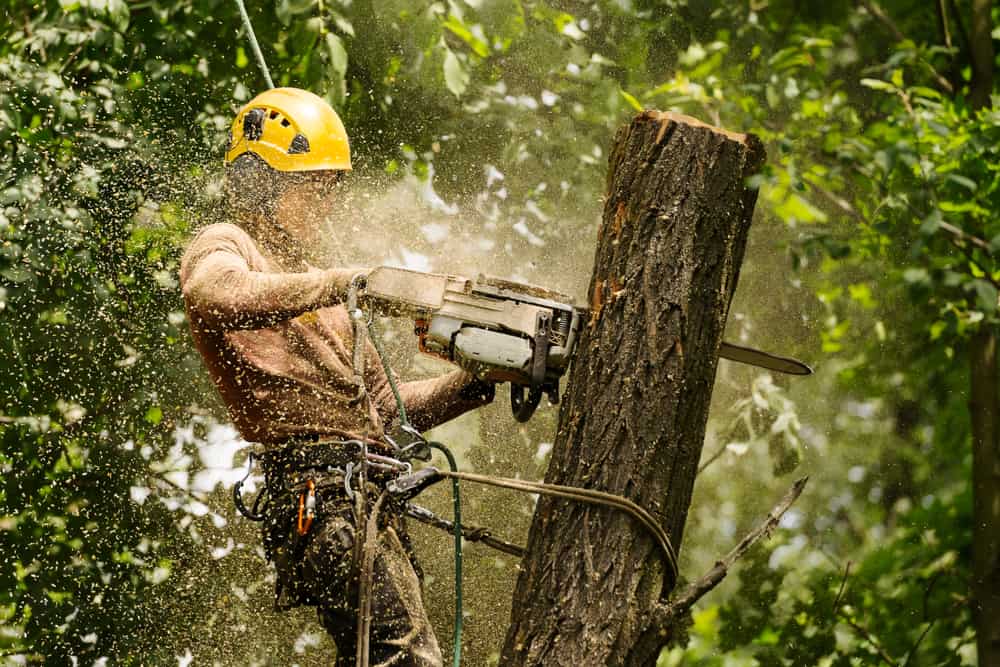
Home Long island best tree services applies specialized techniques such as felling, pruning, and trimming inbuilt structures such as roads, trails, gardens, and park areas.
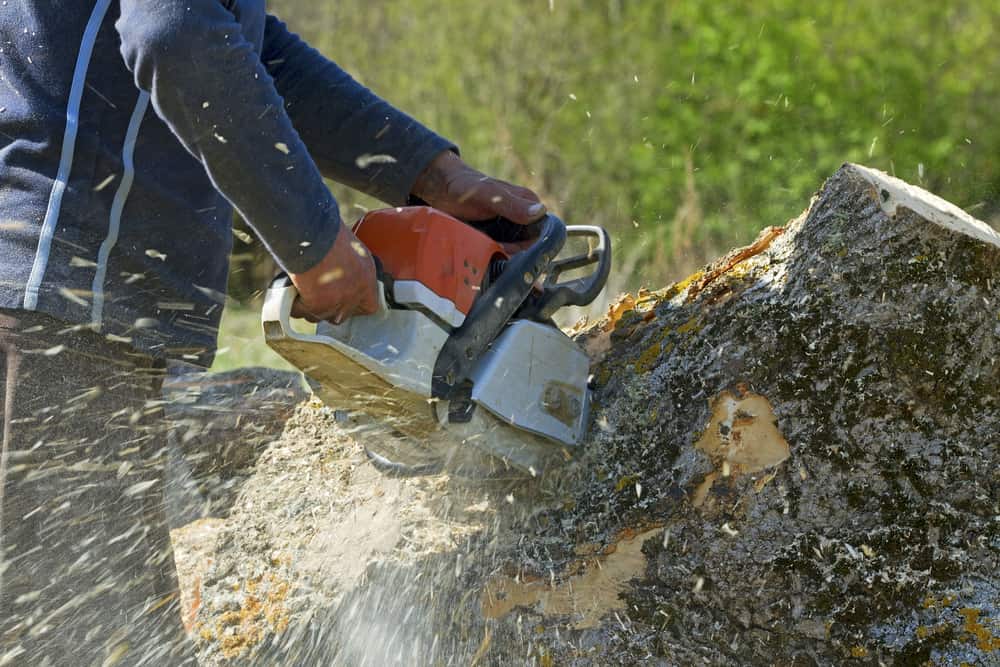
Home Long island best tree services applies specialized techniques such as felling, pruning, and trimming inbuilt structures such as roads, trails, gardens, and park areas.

We’re the expert tree cutters and protectors of your outdoor space to call in order for you to keep your property looking beautiful